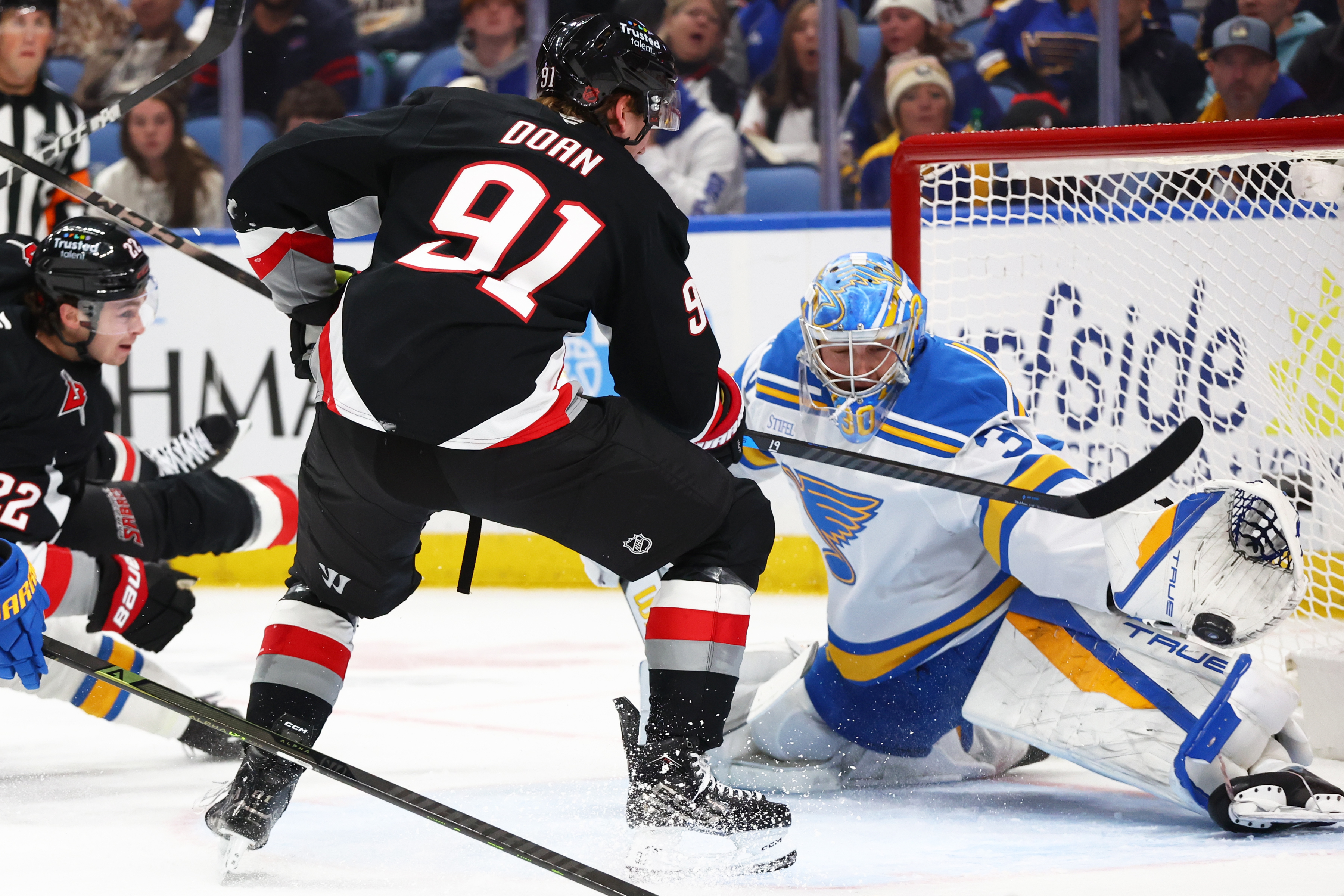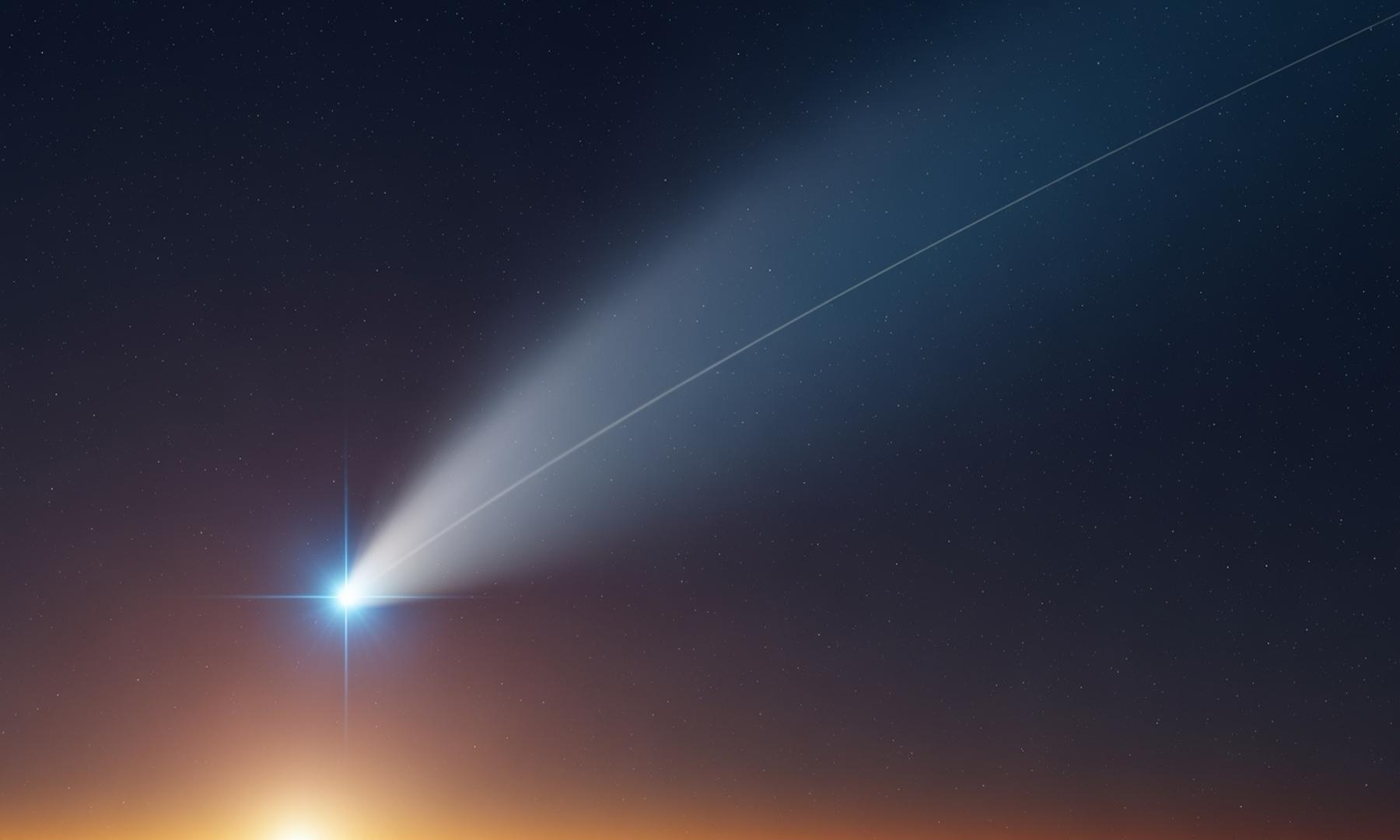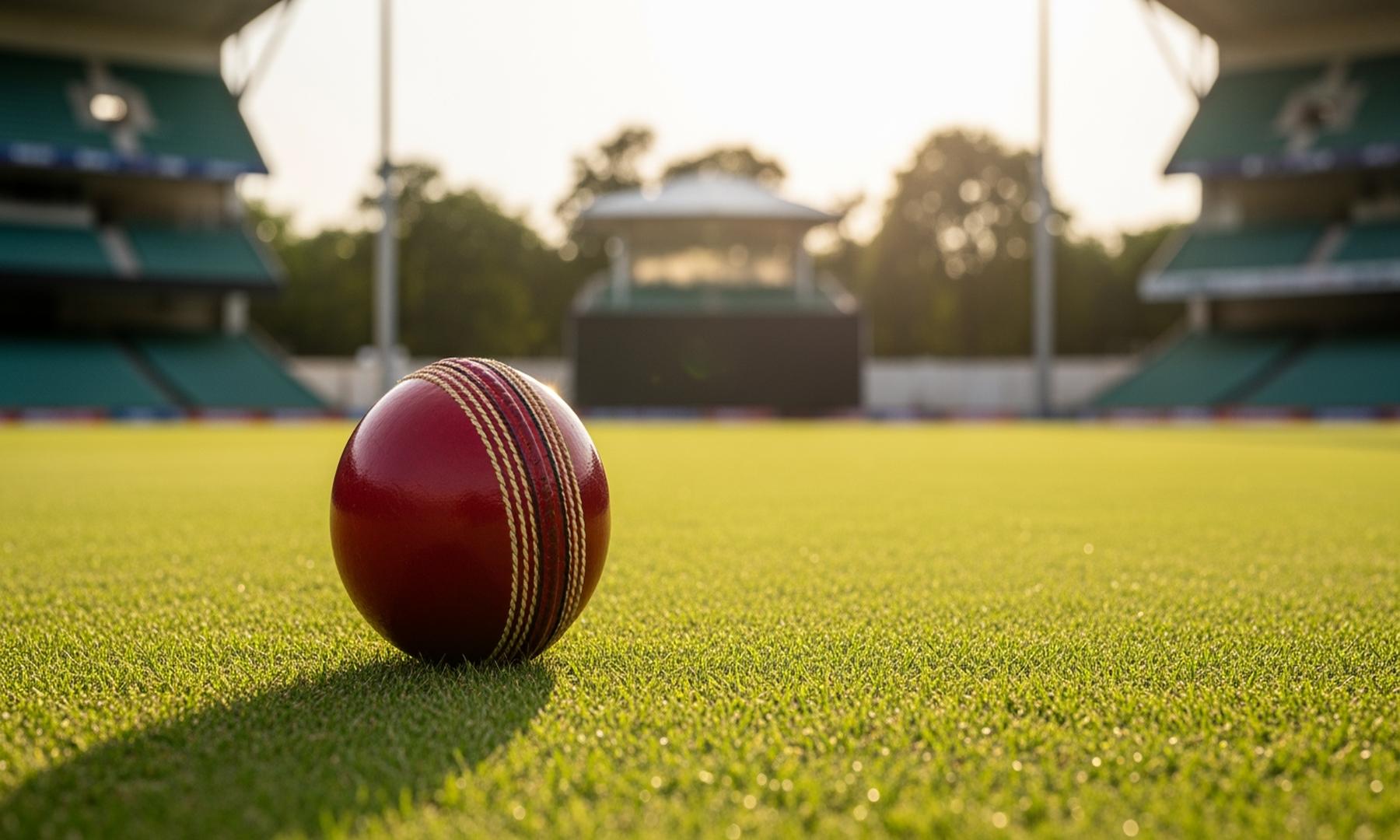Cade Cavalli’s return to the big leagues has been well documented by now, both by us and by the media. To recap, after making his big league debut in August 2022, Cavalli would be shut down for the year
with a shoulder injury, followed by tearing his UCL in Spring Training of 2023, costing him the entire season and the following one. Battling through not only Tommy John surgery recovery but also dead arm and the flu, Cavalli finally made his return to the big league mound in August of 2025, nearly 3 years since his last big league start.
Expectations for Cavalli weren’t exactly through the roof upon his return, as he sported an ERA over 6 in 15 starts at Triple A prior to his call-up. Many fans, including myself, were just hoping to see Cavalli stay healthy, as even if he could not find it as a starter, it seemed he had a future career as a reliever in front of him. But what Cavalli showed in his 10 big league starts in 2025, while not eye-popping on the stat sheet, has me more excited than ever about his potential as a frontline starter.
Cavalli’s ERA over his 10 starts was 4.25, a respectable but not mind blowing number, but it’s the underlying numbers from those starts that give me confidence. It begins with the swing and miss stuff, as Cavalli placed in the 95th percentile in chase rate and 72nd percentile in whiff rate amongst all big league pitchers, an elite combo especially for a starting pitcher. His curveball was his go-to put-away pitch, as he went to it on 2 strikes nearly 25% of the time, resulting in a 31% strikeout rate on it. His changeup was also an elite swing and miss pitch for him, as in the 107 times he threw it, it had a 41.8% whiff rate.
Despite the elite swing and miss numbers, Cavalli only had an 18.3% strikeout rate, ranking in the 18th percentile in baseball. While some, perhaps even most, of this can be attributed to “just baseball”, as 10 starts is only roughly 1/3 of a full season’s work and this number could have stabilized higher over time, there is the possibility that the way the Nats were calling games for Cavalli was limiting his ability to strike hitters out.
With a new staff in town under Blake Butera, I am excited to see if they shake up how and when Cavalli uses his arsenal, perhaps tunneling his pitches a little better, leading to better strikeout numbers, as the stuff is clearly there for more.
Another elite trait of Cavalli’s is his ability to keep the ball on the ground, which helps to mitigate some of the hard contact issues he has faced. Cavalli had a 55.1% ground ball rate in 2025, good for the 93rd percentile in baseball. While his hard hit rate was below average, ranking in the 38th percentile, his barrel rate was elite, coming in at the 95th percentile.
How could this be? The reason is that while both metrics look at how hard the ball is hit, barrel rate also accounts for the launch angle of the hit. Cavalli gave up quite a bit of loud contact in his 10 starts, but thanks to a sinker that sits 97 MPH with above-average vertical drop, he was able to keep the majority of it where his fielders could go make a play.
Despite Cavalli’s strong ground ball rate, his home run rate was well above league average, averaging 1.29 home runs allowed per 9 innings. While his tendency to allow hard contact played a factor in this, the majority of this can be attributed to bad luck and a small sample size, as his home run to fly ball ratio of 17.5% was well above the average of 10.5% and was in the top 30 highest among all pitchers with over 40 innings pitched. Home run rate is one of the least sticky pitching stats year to year, and with a ground ball rate as low and an arsenal as strong as Cavalli’s, I expect this number to regress heavily in 2026, leading to improved results overall.
So what’s next for Cavalli? While the answer isn’t “nothing”, truly most of the pieces for success are already in place for Cavalli; he just needs to go out and repeat them next season. The development of another strong pitch (such as a splitter, which everyone in baseball will be attempting to do after watching Yoshinobu Yamamoto this postseason) could help keep hitters off Cavalli’s best pitches and mitigate some of his right-handed hitter woes, who hit .381 against Cavalli as compared to lefties who hit .221.
I would also like to see an overall tuning to his pitch usage, as there is no need for him to throw his fastball more than his sinker, curveball, and changeup, which are all strong pitches. Having been one of the founding fathers of the Cade Cavalli fan club, I am extremely excited to see the strides he makes next season, and believe he could be a frontline starter for the Nats for years.













